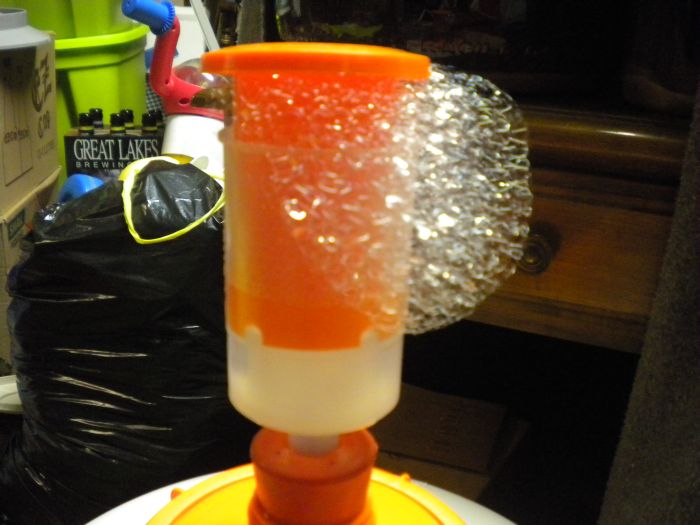its still plastic if it scratches it can cause off flavors in your beer, i feel like the people that are choosing plastic are sacrificing making a better beer with no extra chemicals in it because you don't want to pay a little more... i just think that is sad, i don't have a lot of extra money that i can spend on brewing and i wont brew till i have the right tools to make it work
There are no "extra chemicals" in my better bottle fermented beer. I would proudly stack my beer up against any brewer using glass carboys. And in fact this weekend I did. And my beer won. Better Bottles are considerably more expensive then buckets, so the cost savings is a bit off the mark as well.
I think it's sad that you seem to have passed judgement on people who use plastic when the science says your concerns are unfounded.
PS, I have (within reason) as much money as I need to spend on my hobby, and I've learned that spending more doesn't brew you better beer. It's about process, not whether you use glass or plastic for fermenting.







